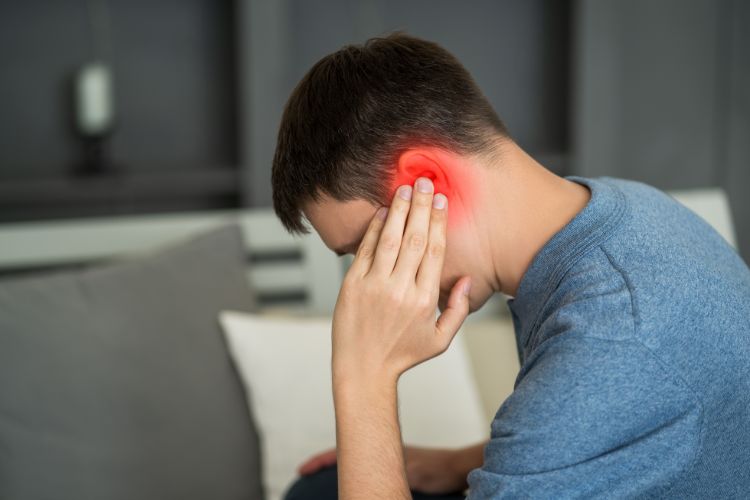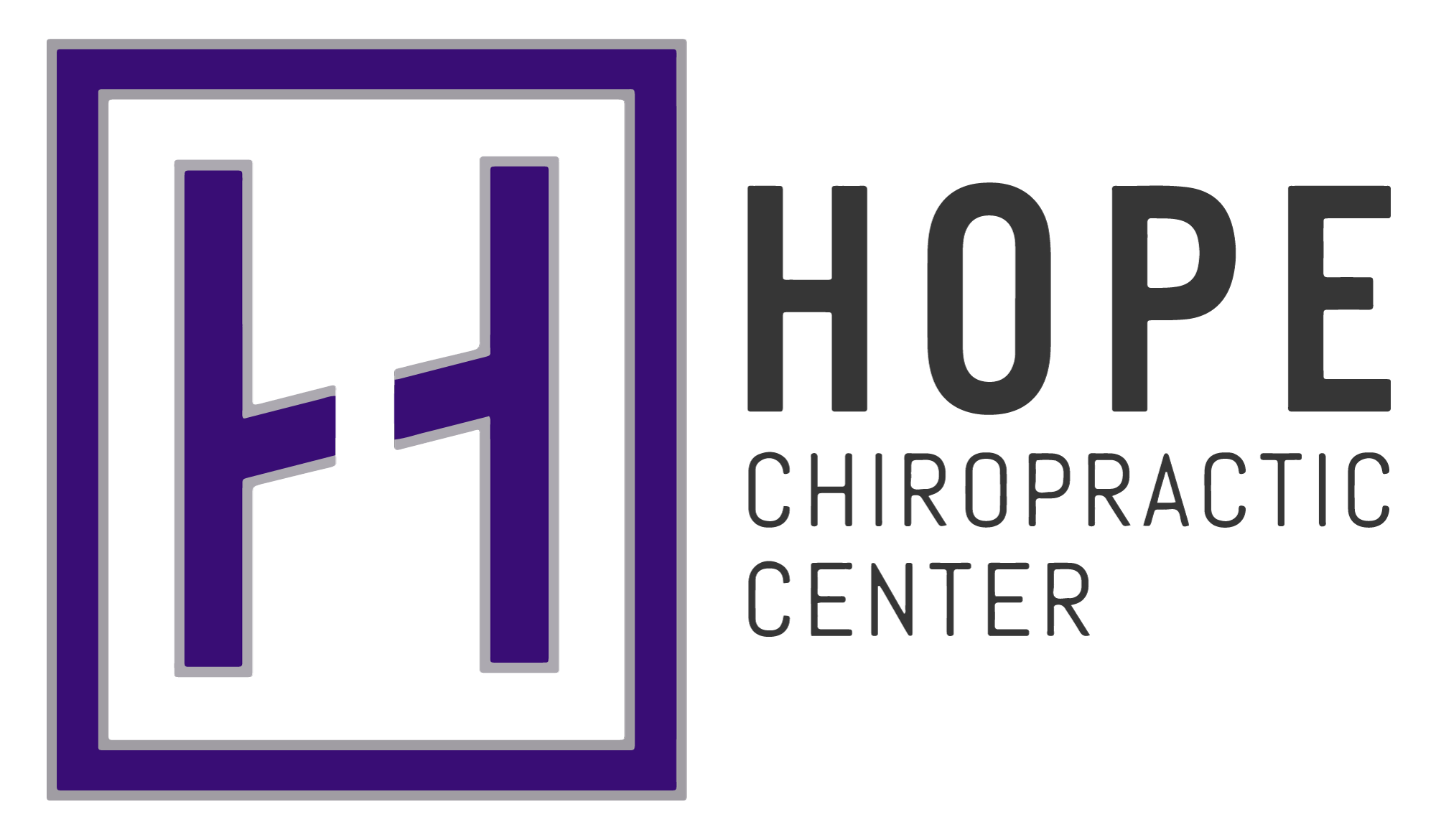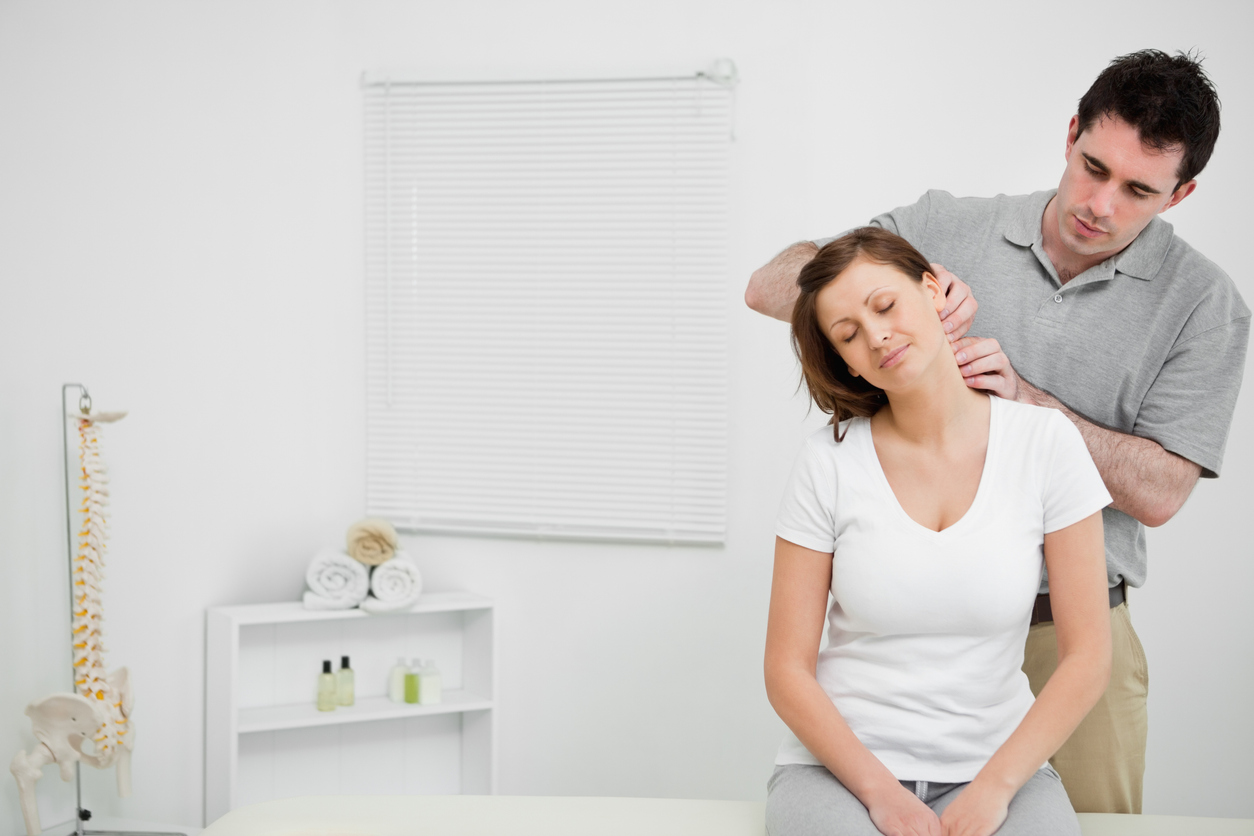
Meniere’s disease is a chronic inner ear disorder that affects balance, hearing, and overall quality of life. Those who suffer from it experience unpredictable episodes of vertigo, hearing loss, tinnitus, and ear fullness, often without warning.
Conventional treatments primarily focus on symptom management, but upper cervical chiropractic care provides a natural, non-invasive approach that may address the root causes of Meniere’s symptoms.
Dr. Joey Kramer of Hope Chiropractic in Southlake, Texas, explores the relationship between upper cervical spinal health and Meniere’s disease, offering holistic care to residents of Southlake, Grapevine, Colleyville, Westlake, and Trophy Club.
Understanding Meniere’s Disease and Its Impact
Meniere’s disease affects the vestibular system, which is responsible for balance and spatial orientation. When this system becomes disrupted, the brain struggles to interpret signals related to balance and movement, leading to the classic symptoms of Meniere’s:
- Vertigo Attacks – Sudden, spinning sensations that can last minutes to hours, making movement difficult.
- Tinnitus – A persistent ringing, buzzing, or roaring sound in the ears, often worsening during flare-ups.
- Hearing Loss – Progressive hearing reduction, often affecting one ear initially before potentially impacting both.
- Ear Fullness – A sensation of pressure or congestion in the affected ear.
While the exact cause of Meniere’s disease is still debated, theories suggest that fluid buildup (endolymphatic hydrops), poor circulation, and nerve dysfunction may all contribute. This is where upper cervical chiropractic care comes into play.
The Role of the Upper Cervical Spine in Meniere’s Disease
The upper cervical spine, specifically the atlas (C1) and axis (C2) vertebrae, plays a crucial role in nervous system function and blood flow regulation. Any misalignment in this region can contribute to the symptoms of Meniere’s in several ways:
1. Brainstem Compression and Nervous System Interference
The brainstem processes sensory information, including balance and hearing signals. When the atlas vertebra is misaligned, it can place pressure on the brainstem, disrupting its ability to properly regulate balance, fluid drainage, and nerve signals to the inner ear.
2. Impaired Cerebrospinal Fluid (CSF) and Blood Flow
Upper cervical misalignment may restrict blood flow and cerebrospinal fluid drainage, leading to increased pressure in the inner ear. This pressure imbalance is a common theory behind Meniere’s symptoms, and correcting spinal alignment may improve circulation and reduce fluid buildup.
3. Dysfunction of the Eustachian Tube
The Eustachian tube helps regulate pressure within the middle ear. Misalignments in the upper cervical spine can interfere with its function, leading to inner ear congestion and worsening Meniere’s symptoms.
Can Upper Cervical Chiropractic Help Reduce Meniere’s Symptoms?

Upper cervical chiropractic care takes a precise and gentle approach to correcting misalignments in the atlas and axis vertebrae. Studies and patient reports suggest that restoring proper alignment may lead to symptom reduction or complete relief in some individuals.
Potential Benefits of Upper Cervical Chiropractic for Meniere’s Patients:
- Reduced Vertigo Episodes – Many patients experience a decrease in the severity and frequency of vertigo attacks after correcting upper cervical misalignments.
- Improved Hearing and Tinnitus Management – Enhanced nerve function may contribute to better auditory processing and relief from tinnitus.
- Better Balance and Coordination – With proper spinal alignment, the vestibular system may function more effectively, improving balance.
- Less Ear Pressure and Fullness – Chiropractic care may help regulate fluid drainage, reducing the sensation of ear congestion.
What to Expect from Upper Cervical Chiropractic Care for Meniere’s Disease
Upper cervical chiropractic adjustments are different from traditional spinal manipulations. They focus on precise corrections rather than forceful movements.
- Comprehensive Examination – A chiropractor will perform a detailed assessment, including digital imaging or X-rays, to identify misalignments in the upper cervical spine.
- Gentle and Targeted Adjustments – Corrections are made using a light-force technique that restores proper alignment without excessive pressure.
- Ongoing Care and Monitoring – Consistent chiropractic care can help maintain spinal alignment, reducing the recurrence of symptoms over time.
Hope Chiropractic: A Holistic Approach to Meniere’s Relief
At Hope Chiropractic, Dr. Joey Kramer and his team are committed to providing natural relief for Meniere’s disease through upper cervical chiropractic care. By addressing spinal misalignments, we aim to improve balance, reduce vertigo, and enhance overall well-being.
If you or a loved one is struggling with Meniere’s disease, consider upper cervical chiropractic as a potential solution. Contact Dr. Joey Kramer at Hope Chiropractic, serving Southlake, Grapevine, Colleyville, Westlake, and Trophy Club, to schedule a consultation and learn more about this non-invasive approach to managing Meniere’s symptoms.
Medical Disclaimer
This article is for informational purposes only and is not intended as a substitute for professional medical advice, diagnosis, or treatment. Always seek the advice of your physician or other qualified healthcare provider with any questions you may have regarding a medical condition.
Never disregard professional medical advice or delay in seeking it because of something you have read here.


